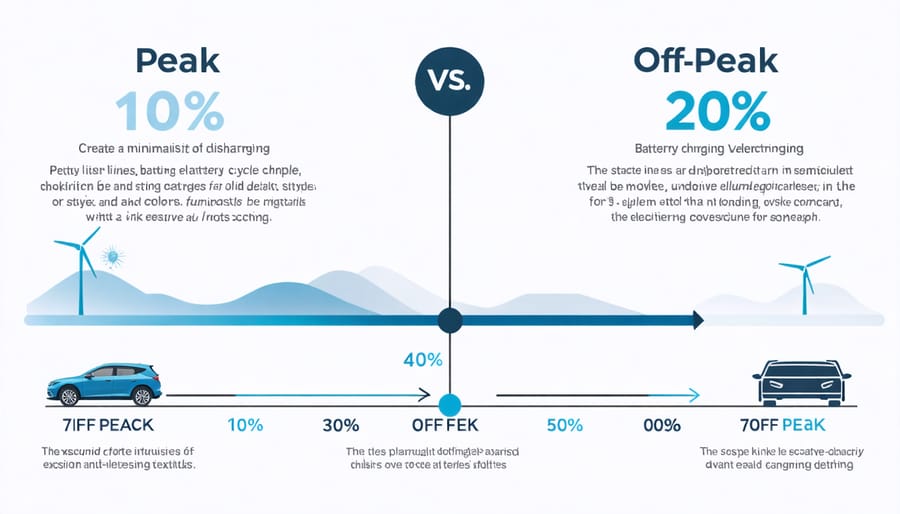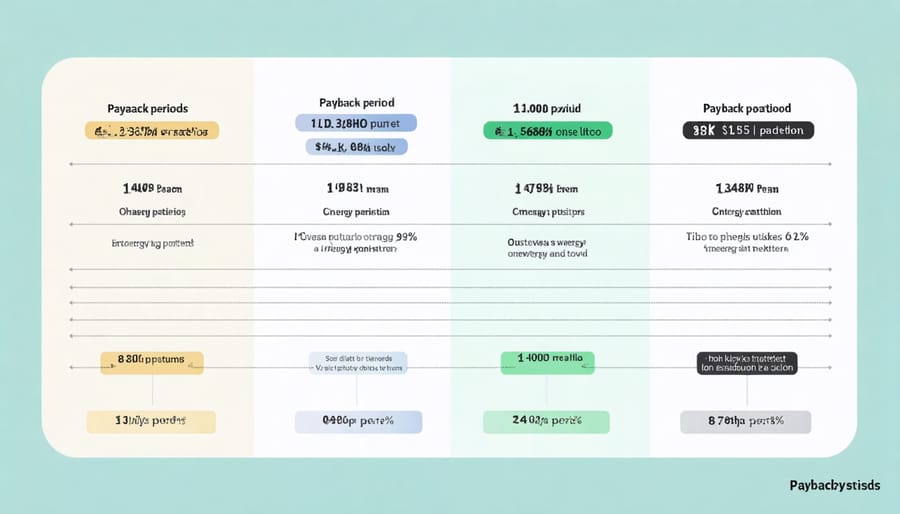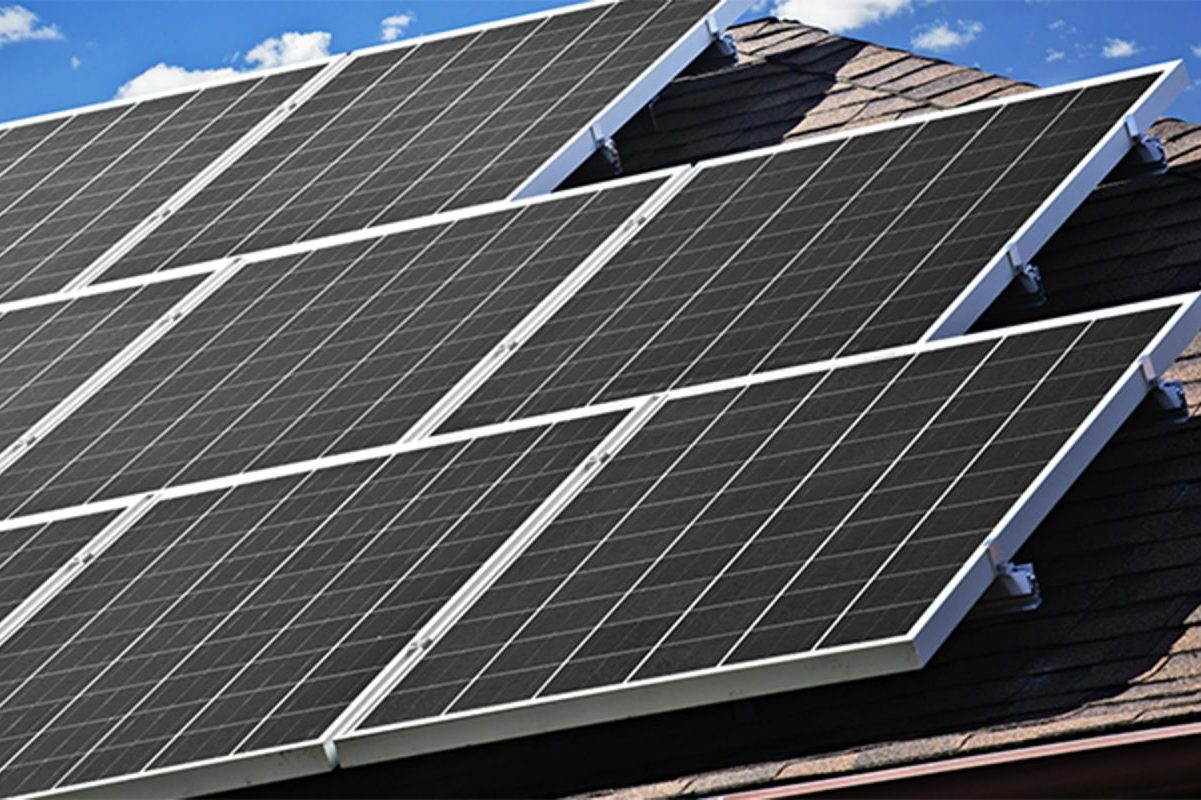Making smart financial decisions requires more than just comparing price tags – it demands a systematic evaluation of both monetary and non-monetary factors through cost-benefit analysis. This powerful decision-making tool helps homeowners and businesses weigh all potential outcomes before committing valuable resources to any investment or project.
Cost-benefit analysis transforms complex decisions into clear, quantifiable metrics by assigning dollar values to both direct costs (like equipment and labor) and indirect benefits (such as improved quality of life or environmental impact). For homeowners considering sustainable upgrades like solar panels or energy-efficient appliances, this analytical approach reveals the true long-term value beyond initial sticker shock.
Modern cost-benefit calculations go beyond simple payback periods to consider factors like risk mitigation, environmental impact, and future cost avoidance. When applied thoughtfully, this analysis provides a robust framework for making confident decisions about home improvements, lifestyle changes, or business investments that align with both financial goals and personal values.
Whether you’re evaluating a major home renovation or choosing between energy solutions, understanding how to conduct a thorough cost-benefit analysis empowers you to make informed choices that maximize value while minimizing unnecessary expenses.
Understanding the True Costs of Home Battery Systems

Initial Investment Costs
When evaluating a cost-benefit analysis, understanding the initial investment costs is crucial for making an informed decision. These upfront expenses typically fall into three main categories: equipment, installation, and permitting fees.
Equipment costs often represent the largest portion of your initial investment. This includes primary components like machinery, hardware, software systems, or specialized tools needed for your project. The quality and scale of equipment you choose will significantly impact your total investment, so it’s important to balance cost with long-term durability and effectiveness.
Installation expenses can vary widely depending on your project’s complexity and location. This category includes labor costs, site preparation, and any necessary modifications to existing infrastructure. Working with qualified professionals might cost more initially but can prevent costly issues down the line and ensure proper system functionality.
Permits and regulatory compliance form the final piece of your initial investment puzzle. These costs include building permits, inspection fees, and any required certifications. While these expenses might seem like unnecessary red tape, they’re essential for ensuring your project meets safety standards and local regulations.
Remember to factor in a contingency budget of 10-15% for unexpected expenses that might arise during implementation. This buffer can help prevent financial stress if you encounter unforeseen challenges or requirements during the project’s initial phases.
Long-term Maintenance and Replacement
When considering a battery system’s financial impact, long-term battery system maintenance and replacement costs must be factored into your calculations. Most modern home batteries are designed to last between 10 to 15 years, with manufacturers typically offering warranties covering this period. During this time, maintenance requirements are generally minimal, mainly involving regular system checks and occasional software updates.
However, it’s important to budget for eventual replacement costs. While the initial installation might cost between $8,000 to $15,000, replacement costs tend to be lower as existing infrastructure can be reused. Battery prices are also trending downward, with experts predicting continued cost reductions of 8-10% annually.
To maximize your battery’s lifespan, proper usage habits are essential. Avoiding complete discharges, maintaining optimal temperature conditions, and following manufacturer guidelines can significantly extend your system’s life. Many homeowners find that with proper care, their batteries exceed warranty periods, further improving the overall return on investment.
Consider setting aside a small monthly amount for future replacement costs. This approach helps spread the eventual replacement expense over time, making it more manageable while ensuring your home’s energy security remains uninterrupted when the time comes for an upgrade.
Financial Benefits and Savings
Peak Rate Avoidance
One of the most effective ways to cut your energy bills is through peak rate avoidance using battery storage. Many utility companies charge higher rates during peak usage hours, typically in the evening when most households consume the most electricity. Battery systems allow you to store energy when rates are low and use it during expensive peak periods.
This rate arbitrage strategy works by charging your batteries during off-peak hours, usually overnight or midday, when electricity costs are lowest. Then, when peak rates kick in, you can power your home using the stored energy instead of drawing from the grid at premium prices. Some homeowners report saving 30-40% on their monthly electricity bills through this method alone.
Modern battery systems come with smart features that automatically optimize this process. They can learn your household’s energy consumption patterns and adjust charging cycles to maximize savings. Many systems also integrate with time-of-use rate schedules from your utility provider, ensuring you’re always using the most cost-effective power source available.
For households in areas with significant rate differences between peak and off-peak hours, this strategy can dramatically accelerate the payback period of your battery investment while providing daily savings on electricity costs.

Grid Independence Benefits
One of the most compelling advantages of a home battery system is the independence it provides from the traditional power grid. With a properly sized system, you can significantly reduce your reliance on utility companies while enjoying consistent backup power benefits during outages. This independence translates into tangible savings by allowing you to store energy when rates are low and use it during peak pricing periods.
Beyond immediate cost savings, grid independence protects you from future utility rate increases and provides peace of mind during extreme weather events or grid failures. Many homeowners report feeling more secure knowing their essential appliances and devices will continue running regardless of external circumstances. This reliability is particularly valuable for those working from home or with medical equipment that requires constant power.
Additionally, reducing grid dependency contributes to a more resilient and sustainable energy system. By storing your own energy, you’re less likely to experience disruptions from grid maintenance or unexpected outages, while simultaneously reducing strain on the broader electrical infrastructure during peak demand periods.
Available Incentives and Rebates
Several attractive financial incentives can significantly reduce the upfront cost of your battery storage system. The federal Investment Tax Credit (ITC) offers a 30% tax credit on both solar and battery installations through 2032. Many states provide additional tax incentives, rebates, and grants that can stack with federal benefits. For example, California’s Self-Generation Incentive Program (SGIP) offers rebates up to $200 per kilowatt-hour of installed battery capacity.
Utility companies often provide additional rebates and incentives to encourage battery adoption. Some offer time-of-use rate plans that let you maximize savings by storing cheap off-peak electricity for use during expensive peak hours. Others have demand response programs that pay you for allowing your battery to support the grid during high-demand periods.
Local governments may offer property tax exemptions for battery installations or low-interest financing programs. Many homeowners can also take advantage of net metering policies when pairing batteries with solar panels, further improving the system’s economics. Be sure to research available incentives in your area, as they can dramatically improve your return on investment.
Real-World Payback Analysis
Sample Scenarios
Let’s explore three common household scenarios to understand potential cost-benefit outcomes:
The Urban Family Home
A family of four in a 2,500-square-foot house with average monthly electricity bills of $200 could save approximately $1,200 annually by installing a battery system paired with solar panels. Their initial investment of $15,000 (after incentives) could be recovered within 8-10 years, considering peak rate savings and backup power benefits.
The Retirement Paradise
A retired couple in a 1,500-square-foot home spending $150 monthly on electricity might see annual savings of $900. With a smaller system costing around $12,000, their payback period could be 9-11 years. The added benefit of energy security during outages provides particular value for medical equipment reliability.
The Remote Property
A homeowner in a rural area experiencing frequent power outages might spend $18,000 on a larger battery system but save $1,500 yearly on electricity costs and generator fuel. Factor in avoided food spoilage and business interruption costs, and the system could pay for itself in 7-9 years.
Remember, these scenarios are examples, and actual savings depend on local electricity rates, usage patterns, and available incentives. Many homeowners find additional value in reduced carbon footprint and increased property value beyond pure financial returns.
Payback Period Calculations
Calculating your payback period is crucial for understanding when your battery system will start generating real savings. To determine this break-even point, start by adding up all initial costs, including equipment, installation, and any necessary electrical upgrades. Next, calculate your expected annual savings from reduced utility bills, avoided peak charges, and potential grid-sell-back revenue.
Divide your total investment by the annual savings to find your basic payback period in years. For example, if your system costs $10,000 and saves $1,000 annually, your simple payback period would be 10 years. However, to get a more accurate picture, factor in additional considerations like utility rate increases, battery degradation, and maintenance costs.
To maximize your return on investment, consider available incentives, tax credits, and rebates, which can significantly reduce your initial costs. Many homeowners find their break-even point occurs between 5-10 years, depending on local energy rates and usage patterns.
Remember that this calculation doesn’t include non-monetary benefits like energy independence and emergency backup power. These advantages, while harder to quantify, add significant value to your investment and should be considered alongside pure financial returns when making your decision.

Non-Financial Benefits to Consider
When evaluating a residential battery system, there are numerous benefits beyond pure financial returns that can significantly impact your quality of life and environmental footprint. These non-monetary advantages often play a crucial role in the decision-making process and can enhance the overall value of your investment.
Environmental benefits stand at the forefront of these considerations. By storing and optimizing renewable energy usage, battery systems help reduce reliance on fossil fuels and decrease carbon emissions. This contribution to fighting climate change allows homeowners to significantly lower their environmental impact while setting an example for sustainable living in their community.
Enhanced energy independence offers peace of mind that many homeowners find invaluable. During power outages, having a battery backup system means maintaining essential services like refrigeration, lighting, and medical equipment. This reliability is particularly beneficial for families with young children, elderly members, or those working from home.
The system’s impact on lifestyle quality is also noteworthy. Modern battery systems often come with smart monitoring capabilities, allowing homeowners to track and optimize their energy usage in real-time. This increased awareness typically leads to more conscious energy consumption habits, benefiting both the environment and future utility bills.
Property value enhancement is another consideration, as homes with battery systems are increasingly attractive to potential buyers. As sustainable features become more important in real estate markets, having an installed battery system can differentiate your property and potentially increase its resale value.
Community resilience is strengthened when multiple homes in an area have battery systems. During grid stress or emergencies, these systems can help stabilize local power supply and reduce strain on utility infrastructure. This collective benefit creates a more robust and reliable energy network for everyone in the neighborhood.
These non-financial benefits, while harder to quantify in dollars, often prove just as valuable as monetary savings in the long run, contributing to a more sustainable and secure future for homeowners and their communities.
Making the decision to invest in a home battery system requires careful consideration of both financial and practical factors. As we’ve explored throughout this guide, the initial costs can be substantial, but the long-term benefits often outweigh the investment for many homeowners. From reduced electricity bills and protection against power outages to increased energy independence and environmental benefits, battery storage systems offer multiple advantages that extend beyond pure economics.
To take the next step in your journey, consider these actionable steps: First, assess your current energy consumption patterns and calculate your potential savings. Then, research available incentives and tax credits in your area, as these can significantly reduce your upfront costs. Next, obtain quotes from multiple certified installers and compare their offerings, warranties, and service agreements.
Remember that battery technology continues to improve while costs decrease, making these systems increasingly accessible to homeowners. Whether you decide to invest now or wait for future developments, staying informed about your options is crucial. Consider scheduling an energy audit to identify other ways to optimize your home’s energy efficiency, which can help maximize the benefits of a battery system if you choose to install one.
For those ready to move forward, consulting with a qualified energy professional can help tailor a solution that best fits your specific needs and circumstances. The path to energy independence starts with making informed decisions based on your unique situation and goals.








